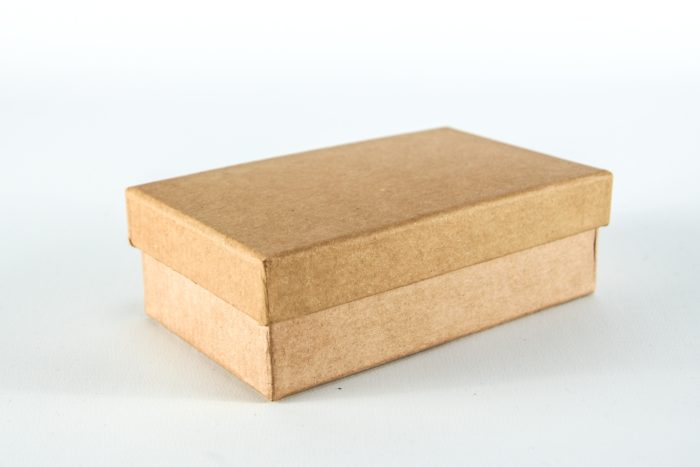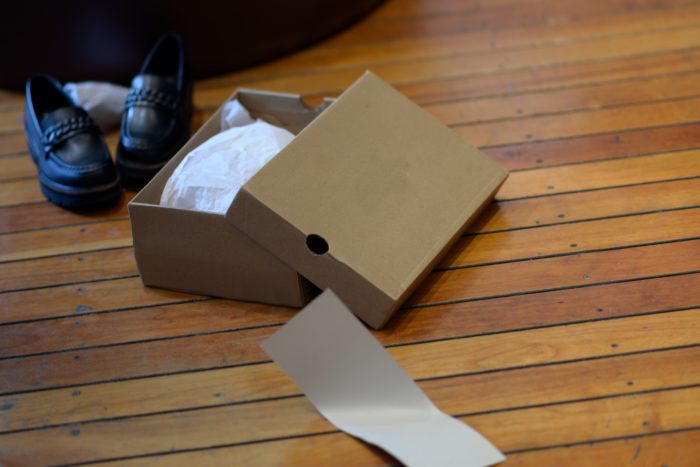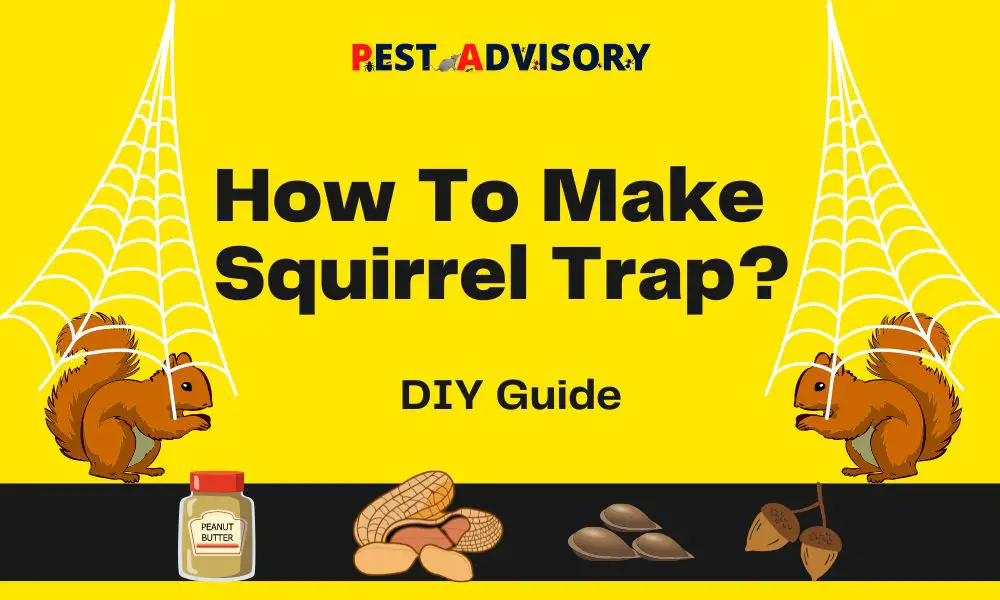Last summer I had a severe case of squirrel infestation in my home. Often I found my sunflower plants plundered and lots of nutshells littering my porch and terrace.
Initially, it did not bother me much, but when I saw the electrical wiring gnawed at running through the attic, I realized how dangerous the squirrel invasion had become.
Amidst the lockdown, I did not have proper access to professional pest control. Even the home remedies for keeping the critters away became ineffective after a point.
Important Note: If you're tired of pests and want a reliable solution, then you should definitely consider seeking help from a professional pest control company. DIY solutions can be effective, but if you're dealing with a significant pest infestation, you don't want to rely solely on DIY methods. Pest control companies typically don't charge huge fees. You can fill out this form to receive free quotes from the top local pest control companies, and compare the quotes and see for yourself. Then, finally, your pest problems will be eliminated for good.
So after some research, I made a squirrel trap that captured three squirrels in one week. If you have a similar problem, here are some facts about squirrel traps and how to make them.
Why Squirrel Traps over Squirrel Repellents
One often wonders why one should put immense effort into making a squirrel trap instead of just using squirrel repellents or deterrents. A simple answer to this would be being more environmentally conscious.
Most professional pest control companies use chemical-based pesticides to get rid of squirrels. While they seem to be effective, we forget their adverse effects on nature. Some are poisonous to the plants around them, and some result in the deaths of the pests they are supposed to only repel.
Arguments can be put forward as to how home remedies for repelling squirrels are a sure way of avoiding this kind of destruction. But here the question arises, how effective are these home remedies? How economically feasible are they? How time-sensitive are they?
Well, these are some probing questions that still lack concrete answers.
But a potential solution could be using a squirrel trap over squirrel deterrents. The traps capture the creature without harming it. Once you have captured the squirrel you could release it away into the wild.
The traps are reusable and you can capture as many squirrels as you want without the usual mess of dealing with pungent odors (to which many people are allergic, and many pets too).
But a very important thing to be kept in mind is, trapping wildlife and relocating is not legal in many states. So before investing or engaging in any sort of squirrel trap, ensure that you are not doing something illegal. Talk to a wildlife expert in your area, about the potential consequences of the critters’ relocation, and only then go forward with it.
Tips to Make Squirrel Traps
Plastic Tube Squirrel Trap
Materials needed: PVC tube of about 4-6 feet long and having a width of 20-30 cm; wire mesh; all-purpose glue; some vegetable or other oil; nuts or seeds.
Set-Up
- Close one opening of the pipe by pasting a wire mesh.
- Coat the inner walls of the tube with a generous amount of oil.
- Place the tube in target areas like on your terraces, attics, or under the tree with the squirrel drey.
- Sprinkle some nuts and seeds around the tube. And leave a clear trail of nuts leading inside the tube. Place some nuts inside the pipe also.
- Monitor the trap.
The Catch
- As the squirrels follow the food trail inside the tube, immediately cover it with a lid. Ensure the mesh is tight enough that squirrels are unable to gnaw it open. The oily walls will prevent it from climbing up to the opening.
- Take it away and release it in a local park or nearby woods.
Note: squirrels are most active at dawn and dusk, so try and be extra watchful these times. If you are lucky you’ll get more than one of these cuties.

Cardboard Box Trap
Materials needed: a large/medium-shaped cardboard box with one side open; a sturdy stick of 30-40cm; a long strong thick string/rope; a cardboard plate/sheet of the same size or a bit bigger than the perimeter of the open side of the box.
Set-Up
- Place the box upturned on the ground.
- Tie a knot of any kind on the stick.
- Lift one edge of the box and prop it up on the stick.
- Place some nuts under the box.
- Go and hide where the squirrel cannot see or smell you.
The Catch
- You will have to wait for a while. Eventually when you see a squirrel approaching be alert. Once it is under the box and a minute passes with it chewing on them, pull on the string.
- The stick falls and so does the box.
- Now gently slide the cardboard underneath it making sure to get it under the trapped squirrel also, thus effectively capturing the furry rodent.
- Now tilt the box bottom down with the cardboard on top to easily carry it to the desired location.
Note: Keep the string lose so it is easier to pull

Shoe Box Trap
Materials needed: a cuboid shoebox; 6-7 rubber bands; small sticks of 3-4cm; longer sticks of 9-10cm; some nuts and seeds
Set-Up
- Open the box and make one piercing each on the top four corners of the long rectangular covers.
- Make holes towards the middle of the longer walls. Two on each face at the opposite ends of the surfaces.
- In the hole of the lid insert a band from outside to inside. Knot a small twig to make it stick. Stretch the band and pull it out from the hole on the opposite wall of the box. Knot a twig to make it stick.
- Repeat the process three more times to connect the respective holes in the lids to the ones on the walls.
- You will see a mesh formed on the opening of the box by the crisscrossing of bands.
- Pull and test the elasticity of the arrangement.
- Prop the lids open by keeping a long stick in the middle.
- Stick some seeds or nuts on the stick.
- Place this arrangement in the target location with the lids on the breadth of the box flipped open.
The Catch
As the squirrel comes to feed on the stuck nuts, any pressure on the propped sticks will make them come loose. As a result of which the elastic on opposite ends will shut the box effectively trapping the squirrel inside.
Note: The box should be big enough so that the trapped squirrel does not get hurt by the elastic rubber bands.

Baiting the Trap
Squirrels are attracted to nuts, seeds, and fruits. Place some of these in the trap as bait to lure the squirrel inside.
Best Bait for Squirrel Trap
The best bait for squirrels varies depending on the region and season. However, some common and effective baits include sunflower seeds, peanuts, peanut butter, and acorns. Squirrels have a strong sense of smell, so using baits with a strong aroma can attract them to the trap. It’s important to place the bait at the entrance of the trap or on the trigger mechanism to ensure the squirrel triggers the trap.
Setting and checking the Trap
- Place the trap in an area where squirrels are known to be active.
- Check the trap regularly to ensure that the squirrel is not trapped for too long. This will prevent the squirrel from becoming stressed or dehydrated.
- Once you have caught the squirrel, use gloves to safely release it into the wild.
What to do after a Squirrel gets Trapped
If you have successfully trapped a squirrel, there are a few essential steps to take in order to release it safely back into the wild.
First, you should handle the squirrel with care, as they can be easily stressed and frightened. It is recommended to wear gloves and avoid direct contact with the squirrel as much as possible.
Next, find a suitable release location away from human populations and where the squirrel can easily climb a tree to safety. Open the trap gently and allow the squirrel to exit independently. It is essential to monitor the squirrel for a few minutes to ensure it is able to move and climb normally before leaving it to its own devices.
Finally, make sure to sanitize the trap thoroughly before using it again to prevent the spread of the disease.

Disadvantages of Squirrel Traps
- The biggest inconvenience in using a squirrel trap is that you have to keep it monitored, or else it is not going to work.
- Also, squirrels are intelligent creatures so they might not fall for your traps. You need to be super smart in placing the trap.
Final Words
There are numerous options when it comes to squirrel repellents. Although squirrel trapping is a cruel punishment, it is more economical than squirrel repellents. It requires diligent monitoring, mindful placement, and careful use of materials but it does work.
Squirrel traps work without harming your pets, your plants, the squirrel themselves, or you. They also serve to warn other squirrels off the premises. Try these methods out and if it fails, you could invest in traps available in the market. But please ensure that they do not harm the squirrels in any way.
Hope this article could provide you with helpful tips regarding squirrel traps.

